Article | The Zionism of Solomon Schechter’s Students
October 3rd, 2024

Article by Rabbi Alan Silverstein, Ph.D. MERCAZ Olami, President
In “The Zionism of the Jewish Theological Seminary, 1902-1948,” Dr. Naomi Cohen affirmed that Solomon Schechter’s “religious Zionism found a ready response among seminary students, many of whom were already Zionist sympathizers. The young men flocked to sermons and lectures by prominent Zionists and took an active part in Zionist youth and Hebrew-speaking organizations.”
“Jacob Kohn, at the close of 1907, recalled how he and his schoolmates would travel to the Lower East Side for group meetings and for talks by Judah Magnes, Shmaryahu Levine, and Zvi Hirsch Masliansky. Zionism, Kohn said, made them feel the unity of Israel and the Jewish heritage. The students venerated their president [Schechter], and the rapport between them was strengthened by Schechter’s Zionist stand.”
“At alumni meetings in 1908, Kohn, then a new rabbi, argued in Schechter-like fashion about the legitimacy of preaching Zionism from the pulpit. ‘The return to Palestine,’ he stated in part, ‘was necessary for the proper development of Judaism and Jewish culture and for the spark of religious devotion to serve the flame of national enthusiasm.’”
Dr. Cohen reported that “thanks to their own leanings and to the input of Schechter and his faculty, more than 60 percent of the seminary-trained rabbis in 1914 were, according to one estimate, active Zionists.”
Other evidence of the Zionist leanings of Schechter’s students can be seen in iconic pictures from 1906 and 1907 of the delegation that participated in the annual Zionist convention at Tannersville, NY. In those pictures, alongside Schechter, we find a host of emerging Zionist leaders who had studied with him.
In “The Birth of Conservative Judaism,” Dr. Michael R. Cohen assesses the importance of Schechter’s students in fulfilling his vision for American Judaism/Jewry. For that purpose, “Schechter nurtured a small group of his disciples whom he groomed to take leadership of the emerging movement…. Schechter and several of his disciples created an informal rabbinical placement network…. [This] strengthened the disciples’ vague group consciousness and produced a cadre of trusted disciples who would take the lead in implementing Schechter’s vision after their teacher’s death.”
A commitment to Zionism was a part of the Schechter legacy that was continued by his corps of disciples. The outbreak of World War I in 1914 made implementing some of Schechter’s goals more difficult, even amid the launching of the United Synagogue of America (the congregational arm of Conservative Judaism) in 1913.
Nevertheless, with Schechter’s death in 1915, support for his Zionist dreams remained strong among his disciples. Michael Cohen says that the issue of Zionism did not “divide Schechter’s disciples. Schechter had called Zionism a ‘cherished dream.’ Accordingly, United Synagogue had in the preamble to its constitution that one of six aims was ‘to preserve in the service the reference to Israel’s past and hopes for Israel’s restoration [in Palestine].’”
When the Balfour Declaration was issued in 1917, the fledgling Conservative movement officially embraced the idea of a Jewish national home in Palestine. This was consistent with the view among the majority of United Synagogue activists. For example, Rabbi Jacob Kohn argued that “we men [Schechter’s disciples] have the right to infer that if we wish to organize a movement partly to maintain in our liturgy the voicing of this [Zionist] hope, that we would be glad and eager to see the realization of that hope” — a Jewish national home.
Like Kohn in his long and illustrious career at Sinai Temple in Los Angeles and Rabbi Herman Rubenovitz of Mishkan Tefila in Boston, many of Schechter’s students went on to serve congregations in which they played a leadership role in the emergence of American Zionism. In the words of American Zionist leader Louis Lipsky: “It was Dr. Schechter…who made the Jewish Theological Seminary an institution for the graduation not only of rabbis, but also of Zionists. Without exception its rabbis — leaders and workers — have carried the message of Zionism to all parts of America.”
The following are a few examples among dozens of Zionist rabbinic alumni who were Schechter’s students:
Rabbi Louis Feinberg served Cincinnati’s Adath Israel Congregation from 1918 until the late 1940s and was active in religious Zionism (Mizrachi) and in the Zionist Organization of America. The “Encyclopedia Judaica” records that he was “a passionate Zionist. He helped establish a Palestine Scholarship Program in his community. This enabled five members of his congregation to spend an entire year in Israel.” Rabbi Feinberg was also among the founders of the Young Judaea movement and served as the editor of “Our Jewish Youth,” which evolved into “The Young Judean.” At age 50, in 1937, Rabbi Feinberg fulfilled a life-long dream by visiting Palestine. He referred to Zionism as “the newest development of the Messianic idea.”
Rabbi Feinberg’s posthumous publication of essays and addresses, “The Spiritual Foundations of Judaism,” included a Zionist section titled “Renaissance.” In this section were observations about “The Hebrew University,” “The Romance of a Land,” “The Rebirth of a Nation,” and “A Year of Destiny (1948).” Feinberg’s influence on the design of Adath Israel’s new building reflected upon Zionism as well. The interior decoration was developed by Dr. Boris Schatz of the Bezalel School of Arts and Crafts in Palestine. The “monumental dome which comprised the ceiling of the sanctuary” included a “rim inscribed with Hebrew inscriptions from the Pentateuch, Hebrew prophets, medieval Jewish philosophers, and the modern Hebrew poet Hayyim Nachman Bialik, selected and arranged by Rabbi Feinberg.”
Rabbi Israel Levinthal served for several decades as the leader of the Brooklyn Jewish Center (1919-73). Wikipedia reports that Rabbi Levinthal “became a leader in Hebrew letters, Jewish unity, and Zionism. He visited [British] Mandatory Palestine on numerous occasions as both a Zionist and a representative of American organizations, including at the laying of the cornerstone of The Hebrew University [in Jerusalem] and the dedication of the Jerusalem Synagogue Center.” Additionally, he served as the president (1933-35) of the Brooklyn region of the Zionist Organization of America. Like Feinberg, Rabbi Levinthal both preached and wrote about the evolution of modern Zionism.
In his sermon, “The Miracle of Reborn Israel,” Rabbi Lilienthal recollected: “We first visited Palestine in 1925, when, as a delegate of the United Synagogue of America, the New York Board of Rabbis, and our own Brooklyn Jewish Center, I went to the dedication of The Hebrew University on Mount Scopus. We were there again in 1934, when, as the national chairman of the United Synagogue campaign to build a Synagogue Center in Jerusalem, I was privileged to lay the cornerstone of what is now the Yeshurun Synagogue on King George Boulevard.”
In 1934, Lilienthal noted the contrast to 1925; in 1934, he wrote, “I saw Palestine as a field, flourishing settlements with cultivated land and thriving orange groves on sites that used to be filled with mountain rocks. We saw a new Jerusalem that was beginning to develop beyond the Old City and a new Tel Aviv that was beginning to look like a town with a future.” Israel is today, he wrote, “the home of the Jew, of every Jew who wants to return to his ancestral-new home…. Where Jews from all parts of the world [will] find an open door, a warm welcome to greet them, where they feel at home.”
Most prominent among alumni who studied under Schechter and who became part of the Zionist leadership was Rabbi Solomon Goldman, longtime leader of Anshe Emet Synagogue in Chicago since 1929. The list of his Zionist roles was unsurpassed among synagogue rabbis. On the day he became the president of the Zionist Organization of America, Rabbi Goldman proclaimed, “I was born into Zionism,” reflecting the previous generations of his lineage.
He also served as chairman of the Emergency Committee for Palestine, cochairman of United Jewish Appeal, president of the Histadrut Ivrith of America, vice president of the American Jewish Congress and the World Jewish Congress as well as a board member of the Joint Distribution Committee, Jewish National Fund, American Friends of the Hebrew University, and the Palestine Hebrew Culture Fund.
In Rabbi Goldman’s first book, titled “A Rabbi Takes Stock” (published in 1931), he asserts his unwavering Zionist commitment. Rabbi Alex J. Goldman, in his volume “The Greatest Rabbis Hall of Fame,” notes that for “A Rabbi Takes Stock,” Solomon Goldman “scanned newspapers and magazines for attacks against his people, Hebrew, and Zionism and came out fiercely in their defense…. The renaissance of the Hebrew spirit fascinated him. He delved into history for proof of the claim to Palestine as the Jewish home, [and he] always provided copious notes and precise sources.”
The small Conservative movement — which in 1913 had 22 congregations — grew to 170 by 1924 and more than 200 by the late 1930s. JTS rabbinic alumni served as synagogue rabbis all over the country.
Accordingly, in “The Political World of American Zionism,” Samuel Halperin noted that “the American Zionist movement derived its most unanimously enthusiastic and dedicated supporters from the ranks of Conservative Judaism.”
Originally published on The Times of Israel




